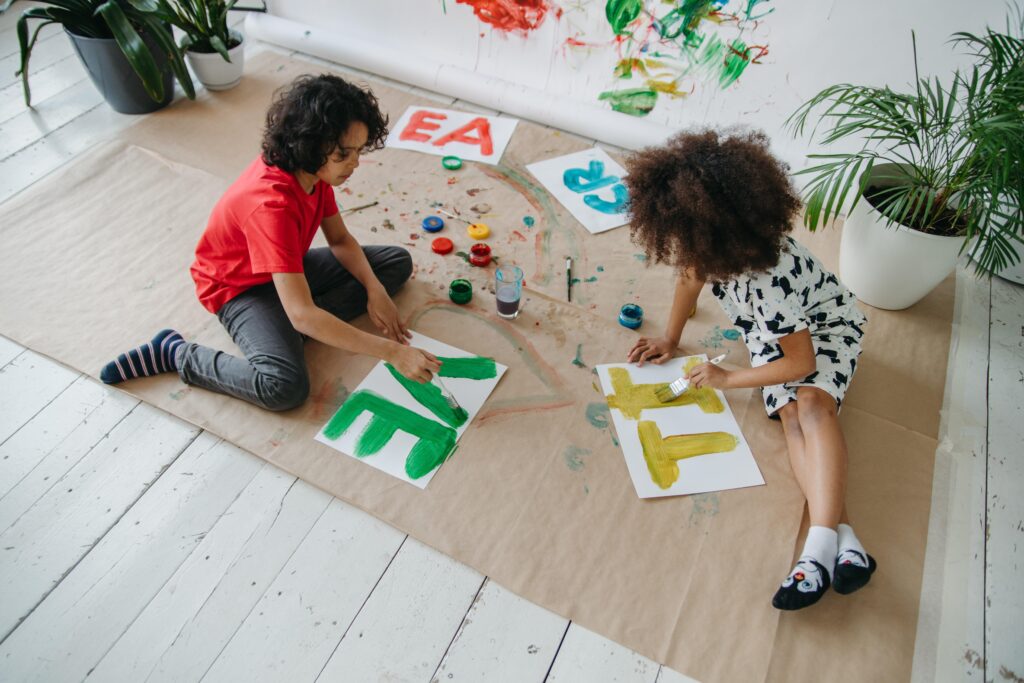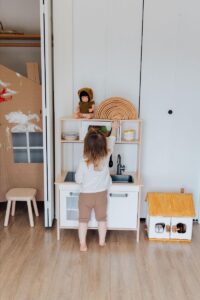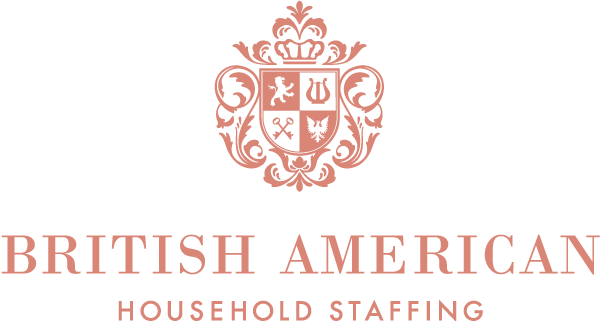
What is Montessori Parenting?
There are many different types of parenting and teaching methods out there – Montessori, Waldorf, RIE, Reggio Emilia, and more. It can be overwhelming for new and expecting parents to find what aligns best with their goals and values. Each method has its own benefits and often the best method is a mix of several styles blended together to meet the needs of the individual family and child. This week, we are sharing an introduction to the Montessori Method, an approach founded by Dr. Maria Montessori in Italy in the early 1900s. If you’re interested in raising your child using these teachings, we recommend hiring a nanny with specific Montessori training and experience; BAHS has many on our roster and would be happy to help you find a match.
At its core, the Montessori Method is one that creates an environment for children that supports independence, curiosity and freedom. Children are encouraged to do tasks for themselves with minimal interference – they are given the space to learn through their own actions rather than through being told what to do. Highly trained teachers and nannies offer age-appropriate guidance while children actively learn at their own pace.
Respect for the Child
Montessori teaching is based on a deep respect for children’s ability to think, choose, and learn for themselves. It allows children to explore, learn, and experiment in a safe environment. The method emphasizes the uniqueness of every child with the understanding that every child will learn at his or her own pace, motivated by their innate curiosity.
Sensitive Periods
Montessori Theory states that children go through several “sensitive periods” during their first six or so years; during these periods, they are focused on building a certain set of skills or expanding knowledge in a certain area. These areas are order, language, walking, the social aspects of life, small objects, and learning through the senses. Children move through these areas at their own pace, building skills and gaining confidence.

Prepared Environment
The Montessori environment, whether at home or in school, is a thoughtful, carefully curated space built specifically for little ones to explore with minimal adult interference. The environment should embody freedom, structure, and beauty while encouraging social and intellectual engagement, as well as interaction with nature and everyday objects (pots and pans, zippers etc.). Montessori classrooms are usually well-lit with simple, well-made toys as well as stations where children can perform real-life tasks for themselves, such as an area with kitchen utensils to prepare a basic snack.
Independence and Discovery
One of the goals of Montessori parenting is to raise children that are invested and engaged in their own learning, children that are self-motivated and independent. This helps to build confidence, as well as ensure that children are not subjected to a “one size fits all” approach; instead, each child can move through at their own speed and fulfill their individual potential.
The above is just a brief introduction to the deep and nuanced world of Montessori teachings; if you’re interested in learning more, we encourage you to visit the links below.
Contact us now to start the process of finding a nanny with specific Montessori training and experience.
Further Resources
- American Montessori Society
- RIE, Montessori, Reggio Emilia, & more—making sense of the methods, by Lovevery CEO Jessica Rolph
- Who was Maria Montessori?
- Lovevery: Montessori-inspired toys
- Monti Kids: Purposeful Playthings
- The Anatomy of a Montessori Playroom
Related Blog Posts
Mindfulness Book Recommendations for Children
